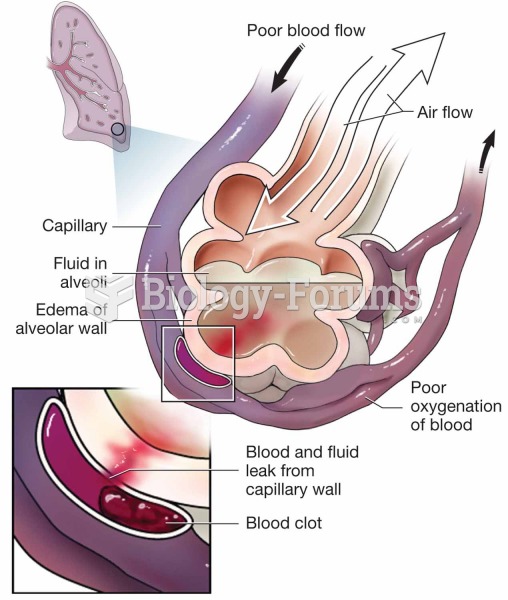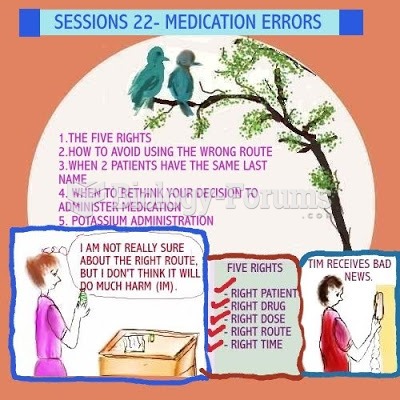Answer to Question 1
Correct Answer: 3
The nurse should discuss the client's current medications because older adult clients might be prescribed multiple medications, which can combine to produce dangerous side effects. The schedules for multiple medications may be confusing and result in overmedication, forgotten doses, negative side effects, or ineffectiveness of medication. Therefore, the nurse must conduct a thorough assessment of the client's medication schedule and history. The nurse should complete the client's assessment before contacting the healthcare provider. Providing the client with support hose might not be beneficial or indicated at this time. Documenting the finding is important; however, it is not something that should be completed first.
Answer to Question 2
Correct Answer: 1, 4
The nurse should use terms the client can understand to respond to this question about blood pressure. Diastolic pressure, indicated by the bottom number, is the pressure in the arteries when the heart is at rest, and Systolic pressure, indicated by the top number, reflects the pressure in the arteries when the heart contracts and pumps blood into general circulation both explain blood pressure in terms the client should understand. While the statement Diastolic pressure is the arterial pressure between ventricular contractions is correct, these are not terms a client is likely to understand. The systolic pressure is not a direct result of the heart rate. The statement Systolic pressure is the pressure at the height of the wave, when the left ventricle contracts, while a true statement, is not one that a layperson will understand.







